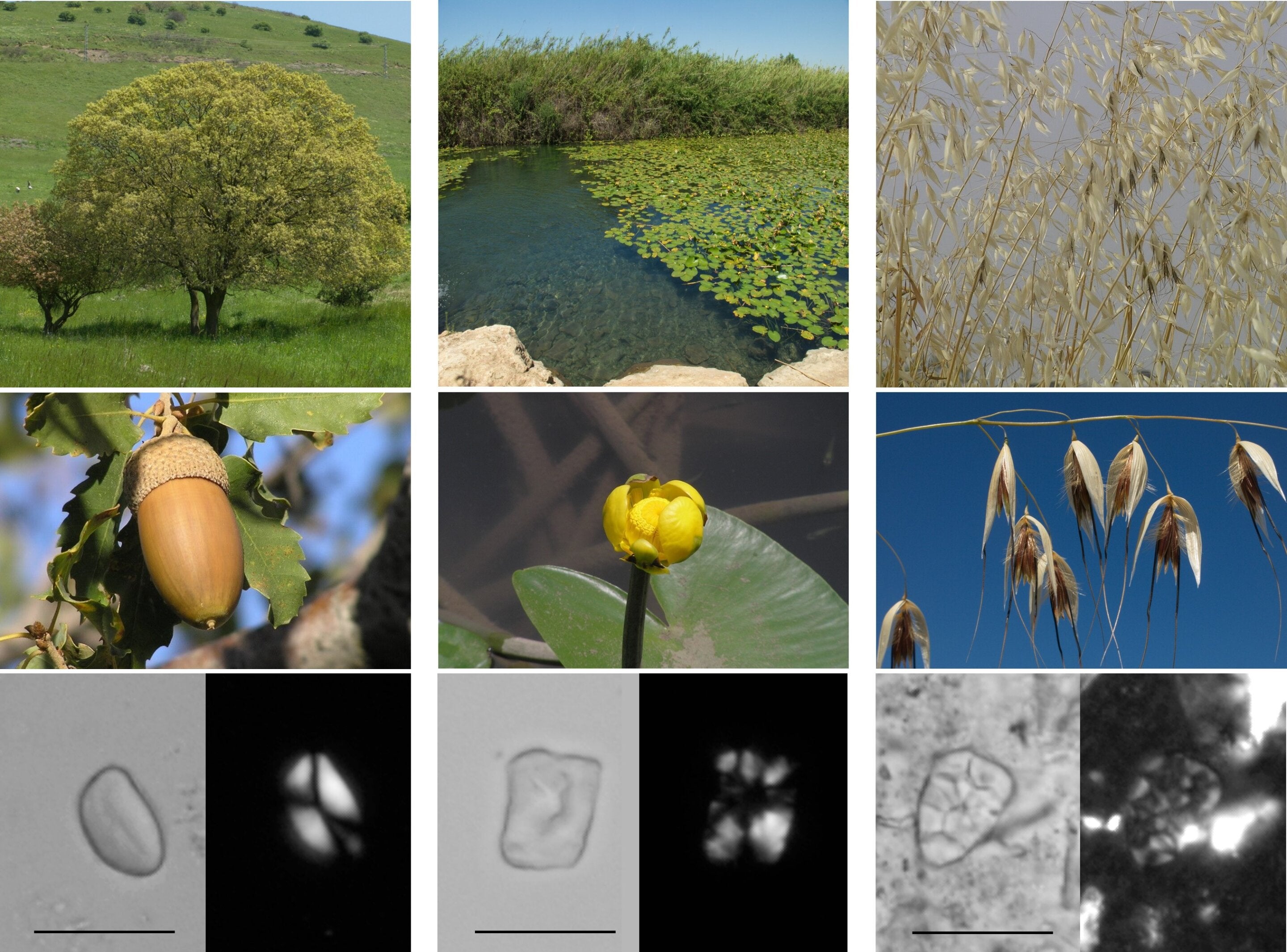Scientists debunk myth of paleo diet followed by ancient hunter-gatherers
Ability of early humans to process plants using tools indicative of high level of cooperation, researchers say
Your support helps us to tell the story
From reproductive rights to climate change to Big Tech, The Independent is on the ground when the story is developing. Whether it's investigating the financials of Elon Musk's pro-Trump PAC or producing our latest documentary, 'The A Word', which shines a light on the American women fighting for reproductive rights, we know how important it is to parse out the facts from the messaging.
At such a critical moment in US history, we need reporters on the ground. Your donation allows us to keep sending journalists to speak to both sides of the story.
The Independent is trusted by Americans across the entire political spectrum. And unlike many other quality news outlets, we choose not to lock Americans out of our reporting and analysis with paywalls. We believe quality journalism should be available to everyone, paid for by those who can afford it.
Your support makes all the difference.Ancient hunter-gatherers relied heavily on plant foods, particularly starchy plants, as a major energy source contrary to the popular belief that ancient human “paleo” diets were mainly meat-based.
The research, published in the journal PNAS, found that human ancestors did not rely solely on animal protein, but consumed a diverse range of plant-based foods, including acorns, cereals, legumes and aquatic plants.
In the study, Israeli scientists assessed starch grains approximately 780,000 years old, uncovered at a settlement located on the shores of the ancient Hula Lake.
Excavations unearthed over 20 layers of settlement, fossilised animal remains, and plant remnants such as seeds and fruits.
Scientists found starch grains on ancient basalt maces and anvils used by ancient human ancestors to crack and crush plant foods.

The ability to widely use such tools also offers insights into the social and cognitive behaviours of early humans.
“This discovery underscores the importance of plant foods in the evolution of our ancestors,” study co-author Hadar Ahituv said.
The findings contradict the prevailing narrative that ancient human diets were mainly meat-based as suggested by the popular “paleo” diet. Many of these diets, researchers say, are based on finding large numbers of animal remains in archaeological sites, with plant-based foods rarely preserved.
The new findings of starch grains on ancient tools offer evidence of the key role plants, particularly starchy tubers, nuts, and roots rich in carbohydrates, played in meeting the energy demands of the human brain.
They also reveal the sophisticated methods early humans used to process plant materials.
Scientists found that early humans living in this region used basalt maces and anvils to prepare a variety of plants, including acorns, cereals, legumes, and aquatic plants such as the yellow water lily and the now locally-extinct water chestnut.
“We now understand that early hominids gathered a wide variety of plants year-round, which they processed using tools made from basalt,” Dr Ahituv said.
“This discovery opens a new chapter in the study of early human diets and their profound connection to plant-based foods,” he said.

Researchers suspect the ability of early humans to process plants using tools could be indicative of a high level of cooperation and social structure.
The diverse range of plant resources utilised by these ancient ancestors from both aquatic and terrestrial environments shows a deep knowledge of their surroundings similar to modern-day humans, scientists say.
“Our results further confirm the importance of plant foods in our evolutionary history and highlight the development of complex food-related behaviours,” they write.

Join our commenting forum
Join thought-provoking conversations, follow other Independent readers and see their replies
Comments